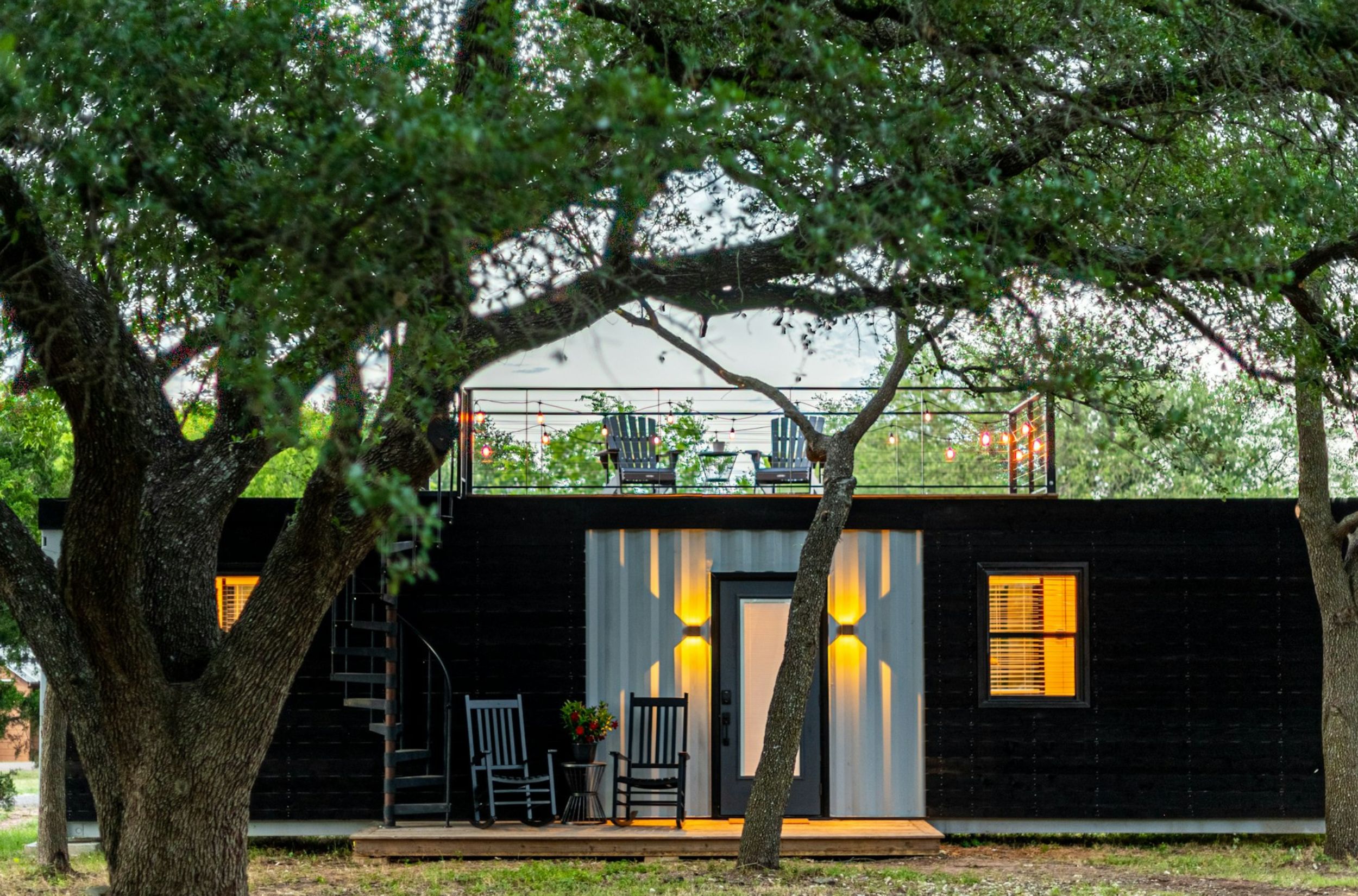The tiny home movement has captured the imagination of people seeking simplicity, affordability, and a sustainable way of life. But while the appeal of downsizing is clear, many people still wonder, “How much does a tiny home actually cost?” Whether you’re looking to build a cozy retreat, a primary residence, or a secondary dwelling, understanding the costs involved is essential to making an informed decision.
In this blog, we’ll break down the factors that influence the cost of a tiny home, typical price ranges, and what you can expect when planning your tiny home investment.
Factors That Influence the Cost of a Tiny Home
Just like with traditional homes, the cost of a tiny home can vary widely based on several factors:
- Size and Square Footage The size of your tiny home is one of the primary factors that will determine the cost. While most tiny homes range from 100 to 400 square feet, even a small increase in size can impact the overall price. Larger tiny homes typically require more materials, labor, and time to build, which can drive up costs.
- Materials and Finishes The materials you choose for your tiny home play a significant role in the final price. High-end materials like hardwood flooring, granite countertops, and custom cabinetry will cost more than basic alternatives. Similarly, opting for eco-friendly or sustainable materials can also add to the cost, though they may save you money in the long run through energy efficiency.
- Level of Customization One of the biggest draws of tiny homes is the ability to customize them to suit your needs and preferences. However, the more customization you require, the higher the cost. Custom-built furniture, unique layouts, and specialized features like solar panels or off-grid systems can significantly increase the price of your tiny home.
- Mobility Tiny homes can be built on a foundation or on wheels, allowing for mobility. Homes on wheels, often called tiny houses on trailers, require additional engineering, materials, and construction techniques to ensure they are roadworthy and safe for travel. This added complexity can increase the overall cost.
- Labor Costs Whether you choose to build your tiny home yourself or hire a professional builder, labor costs are a key consideration. A DIY build can save you money but requires time, skill, and dedication. On the other hand, hiring an experienced builder ensures quality and saves time, but it comes with a higher price tag.
Typical Price Ranges for Tiny Homes
Given the variety of factors involved, the cost of a tiny home can range from relatively affordable to more luxurious. Here’s a general breakdown of what you can expect:
- DIY Tiny Homes: $10,000 – $35,000
- Building your own tiny home can be the most cost-effective option, especially if you have construction skills and access to affordable materials. However, it’s important to factor in the cost of tools, permits, and any professional help you might need.
- Pre-Built or Standard Models: $40,000 – $75,000
- Many tiny home builders offer pre-designed models that come at a fixed price. These homes often include basic amenities and are a great option for those who want a move-in-ready home without the hassle of customization.
- Custom-Built Tiny Homes: $80,000 – $150,000+
- If you’re looking for a tiny home tailored to your specific needs and preferences, a custom-built home is the way to go. While this option is more expensive, it allows you to choose every detail, from layout and materials to off-grid capabilities and luxury features.
Additional Costs to Consider
When budgeting for a tiny home, it’s important to account for additional expenses beyond the cost of construction:
- Land: If you don’t already own land, purchasing a suitable plot can add to your overall investment. Be sure to research zoning laws and regulations in your area to ensure you can legally place a tiny home on your chosen property.
- Utilities and Hookups: Connecting your tiny home to utilities like water, electricity, and sewage may involve additional costs, especially if you’re installing off-grid systems.
- Permits and Inspections: Depending on your location, you may need to obtain permits and pass inspections before your tiny home is approved for occupancy. These fees can vary by region.
- Furniture and Appliances: While tiny homes often include built-in furniture and appliances, you may still need to budget for items like a bed, sofa, or additional storage solutions.
Is a Tiny Home a Good Investment?
The affordability of tiny homes is one of their most attractive features, but they also offer other financial benefits. Lower utility bills, reduced maintenance costs, and the potential for a debt-free lifestyle make tiny homes an appealing long-term investment. Additionally, tiny homes can generate rental income if used as a vacation property or secondary dwelling.
However, it’s important to weigh the pros and cons based on your personal goals and circumstances. Tiny homes aren’t for everyone, and it’s crucial to consider factors like lifestyle, family size, and future needs when making your decision.
Conclusion
The cost of a tiny home can vary widely depending on your preferences, location, and the level of customization you desire. Whether you’re looking for a budget-friendly DIY project or a fully customized tiny dream home, there’s an option for every budget. At Haldimand Country Homes, we specialize in building tiny homes that combine quality, sustainability, and affordability. Contact us today to explore our models and start planning your own tiny home adventure!

